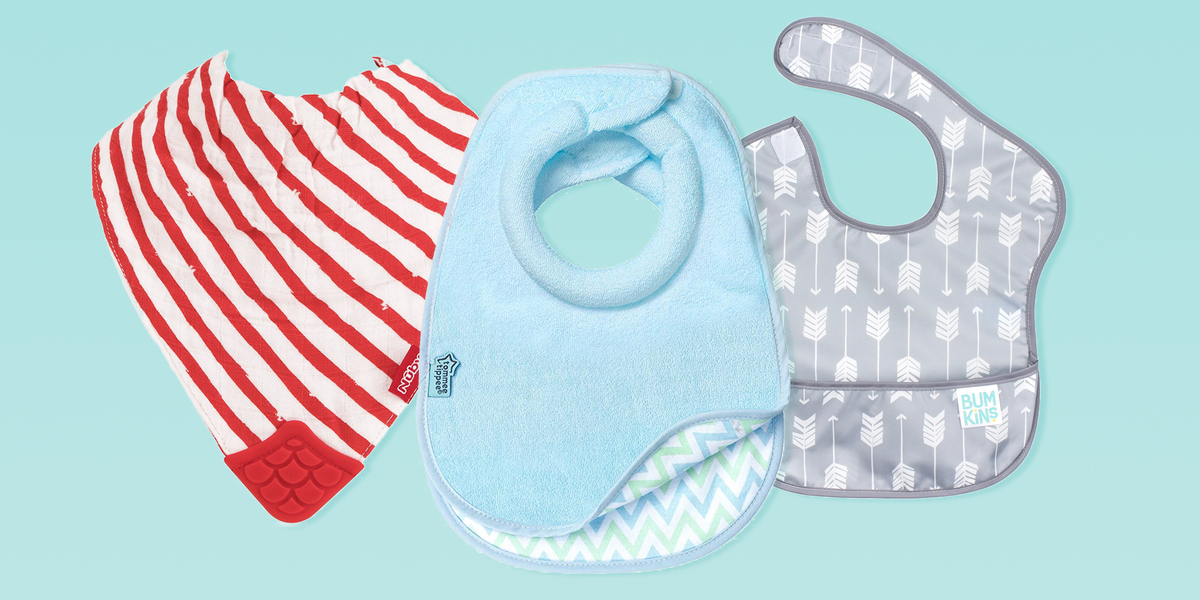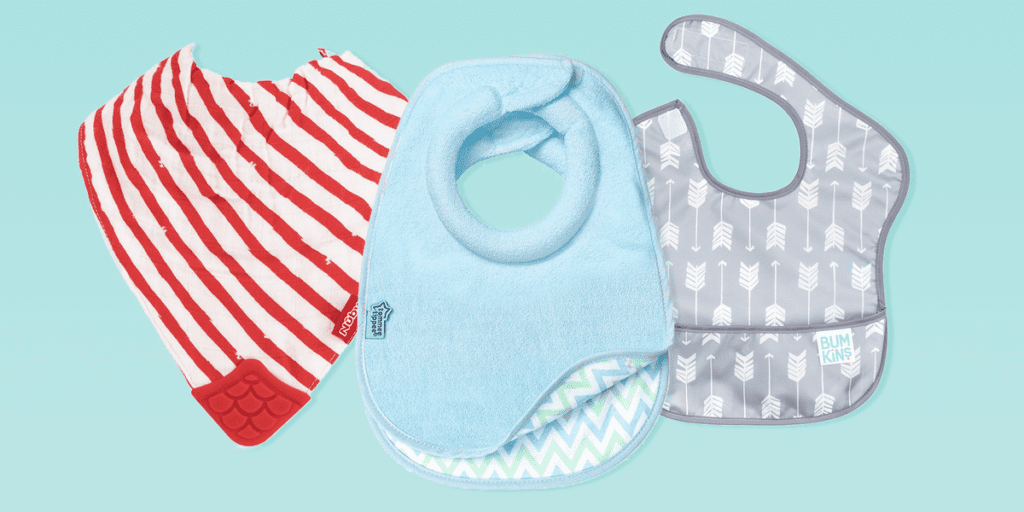Reflux, Constipation, and Movement; Oh My!
Reflux, Constipation, and Movement – The Relationship Between Reflux, Constipation, and Gross Motor Skills
Parenting… It’s a Dirty Job
When registering for a baby shower, there is a reason expecting mothers register for bibs, burp cloths, and changes of clothes: spitting up is a typical part of infancy. However, there is a point when spitting up becomes excessive and is considered atypical. If your child is demonstrating excessive vomiting, or other specific symptoms related to feeding and discomfort, your pediatrician may diagnose your child with reflux.
You may already know that reflux is a condition of the gastrointestinal (GI) system and is related to feeding. However, did you know that reflux can directly impact your child’s motor development? Or that it may be connected to your child’s bowel movements? This article will explain how reflux, constipation, and movement are interconnected, and why it is important that these GI conditions are well managed for the progression of typical development.
What is Reflux?
Reflux is when stomach contents such as acid make their way up from the stomach, through the esophagus, and towards higher structures in the gastrointestinal (GI) tract, like the vocal cords, throat, and mouth areas.
There are different types of reflux. Gastroesophgeal reflux (GER) is when stomach contents come up the esophagus and often out through the mouth; therefore, it is most often characterized by recurrent vomiting. Another common type of reflux is laryngopharyngeal reflux (LPR), or “silent reflux,” in which the child does not exhibit excessive vomiting because stomach contents flow into the larynx (voice box), pharynx (throat), and nose areas and are not expelled.
Despite this main difference, children with either type of reflux may present with poor weight gain, difficulty with feeding, irritability and discomfort, decreased/difficult speech production, choking, and coughing or other respiratory issues. If your child is presenting with these reflux symptoms, it may also be related to their bowel movements.
Reflux + Constipation
Constipation can increase your child’s risk of developing reflux. When stool begins to collect and back up in a child’s intestines, it creates increased pressure in their abdominal cavity. This excessive pressure can push on the stomach, and may ultimately force the stomach contents up into the esophagus, causing reflux.
The lower esophageal sphincter (LES) is small muscular band between the stomach and the esophagus. The LES constricts in order to prevent the flow of stomach contents upward into the esophagus, stopping reflux. However, if the pressure in the abdominal cavity is greater than the forces of the LES, such as with constipation, the LES cannot fully close and reflux occurs.

Impact of GI Conditions on Movement Patterns and Development
Both increased pressure in the abdominal cavity due to constipation as well as the burning sensation in the esophagus due to reflux can cause discomfort for a child. In an effort to reduce this discomfort, a child may demonstrate excessive arching and extension of the trunk and neck. This posture is an attempt to relieve the pressure in the abdominal cavity while also creating space between the stomach and the mouth/esophagus.
Additionally, a child experiencing these symptoms may be very uncomfortable in positions which place even more pressure on their abdomen, such as tummy time, or positions of flexion, such as grabbing their feet. You may also see increased arching or signs of discomfort when your child is lying on their back, as this position assist the stomach contents in flowing up into the esophagus.
“Tummy time” is crucial to the development of gross motor skills. It provides opportunities for strengthening, weight shifting and visual motor skills, just to name a few, providing the foundation for independent movement. Children who are experiencing discomfort due to GI issues such as reflux and/or constipation, may have difficulty tolerating tummy time as mentioned above.
As a result, they may demonstrate delayed gross motor skills such as rolling and crawling. GI issues may also delay a child’s speech development. The diaphragm muscle is crucial to deep breathing. When taking a deep breath to speak, the sides of the diaphragm descend, placing pressure on the abdominal cavity. For children with GI conditions such as reflux and constipation, speaking may cause further discomfort.

Now we are getting to the good stuff: The Diaphragm
To further complicate the already complex relationship between GI conditions and gross motor development, tummy time and movement can actually help to improve reflux and constipation. To understand this, we must first understand how gross motor skills impact postural development, specifically the development of the rib cage.
Two important muscle groups attach to the rib cage: the abdominals and the diaphragm; therefore, the alignment of the rib cage is critical for efficient use of these muscles. A newborn baby has a wide, short, horizontally aligned rib cage. This alignment does not allow for adequate activation of the abdominal muscles and diaphragm.
In short, they are “belly breathers.” As a result, newborns must use what small abilities they have to activate these muscles groups for breathing. Newborns demonstrate short, fast, and shallow breaths, a very high energy demand, and inefficient breathing patterns.
When children play on their stomachs, the forces placed on their trunk and extremities from the floor they are pushing against, help to shape their rib cage, bringing the ribs downward and creating a more rectangular and round chest shape. This mature alignment allows for improved activation of the abdominals and diaphragm, resulting in longer, slower and deeper breaths, and an overall more efficient breathing pattern.
As mentioned above, deep diaphragmatic breathing increases pressure in the abdominal cavity. Repetitive deep breathing can also encourage movement in the intestines, promoting a bowel movement. Additionally, improved abdominal activation allows increased movement of the trunk into positions of flexion.
This movement also aids in regular bowel movements. Lastly, improved use of the diaphragm can also decrease the occurrence of reflux. The LES courses through the diaphragm. As the diaphragm muscle is used for breathing, it becomes stronger and further strengthens the LES, decreasing the noxious occurrence of reflux.

Oh my! Now what?
It is clear that children need to move and play in order to improve their GI conditions and progress their development, but what if a child is too uncomfortable to tolerate movement? The first step is management of these complex GI Issues. A return visit to the pediatrician may be needed to address these conditions with dietary and/or medical management.
Additionally, a pediatric physical and/or occupational therapy evaluation can provide techniques and positioning strategies to address constipation and improve movement difficulties. If GI conditions are not well managed, they could cause global developmental delay.
For example, if movement continues to be uncomfortable for a child, they may create a negative association with it, resulting in decreased initiation of movement, delayed skills, or perhaps a fear of movement in the future. Uncontrolled GI conditions may also result in poor breathing patterns, limited endurance, and speech and feeding issues in the future as well.
The Big Picture
The GI system and development greatly impact each other. For this reason, there is a complex relationship between GI conditions, such as reflux and constipation, and motor development. Although movement can help to improve GI conditions, if they are not readily addressed and properly managed, they can severely impact development, especially in the areas of gross motor, speech and feeding development.
If you suspect your child is suffering from reflux or constipation, address these concerns with your pediatrician today. For help with movement facilitation and management, contact our pediatric specialists to set up physical, occupational or speech therapy evaluations to help address the impact of these GI conditions on your child’s development. Our expert team can be reached at 773-687-9241 or by email at info@cptwc.com




